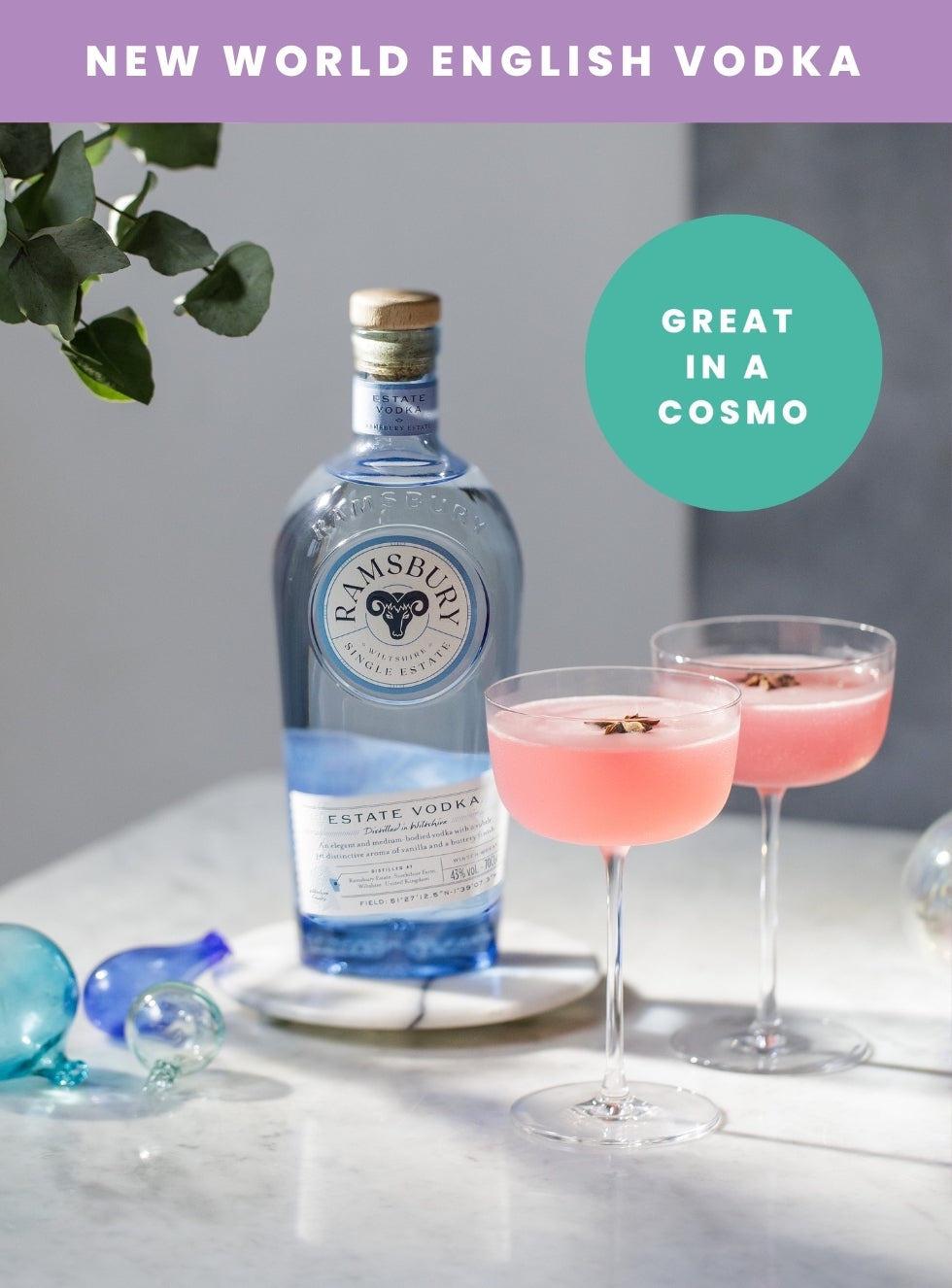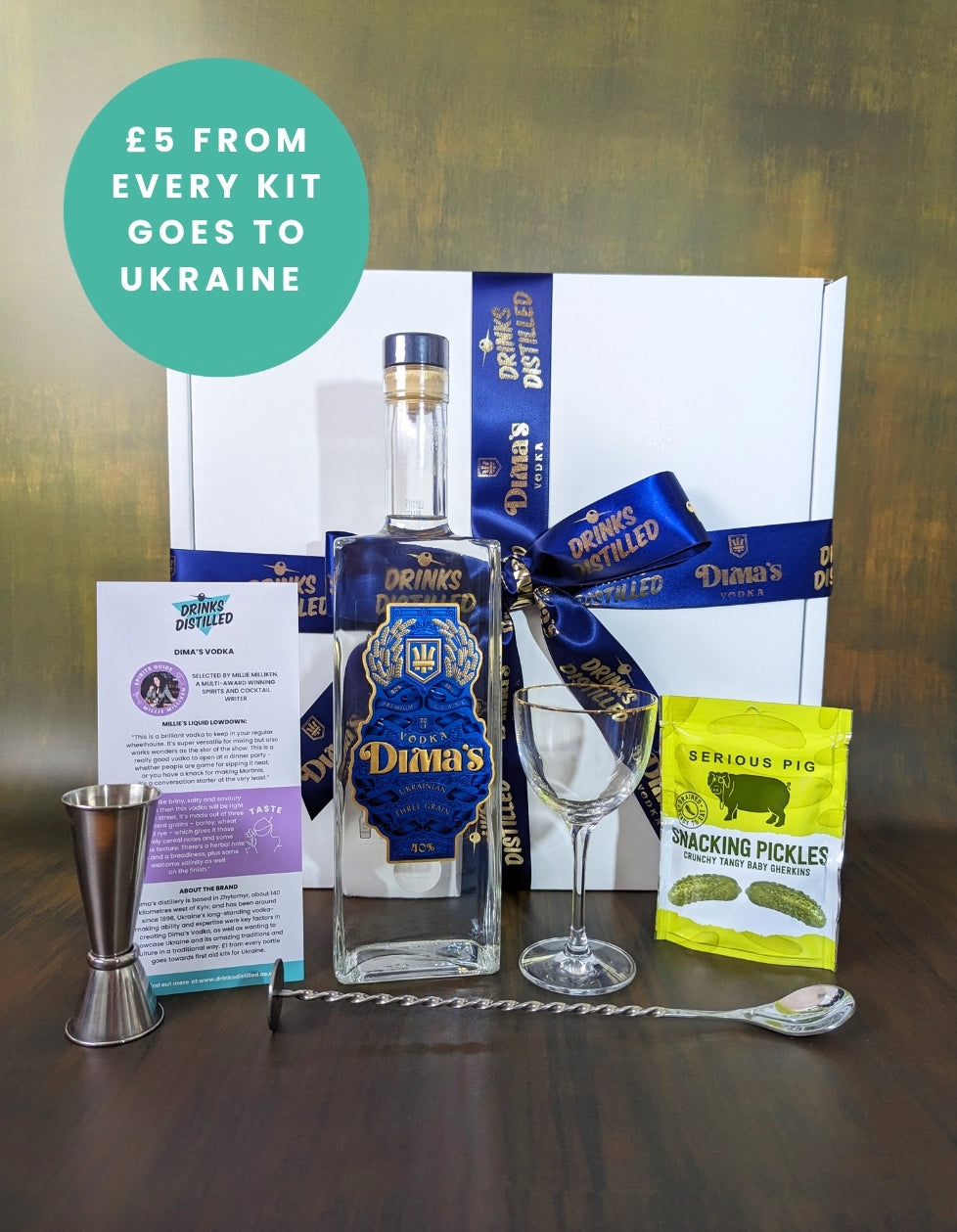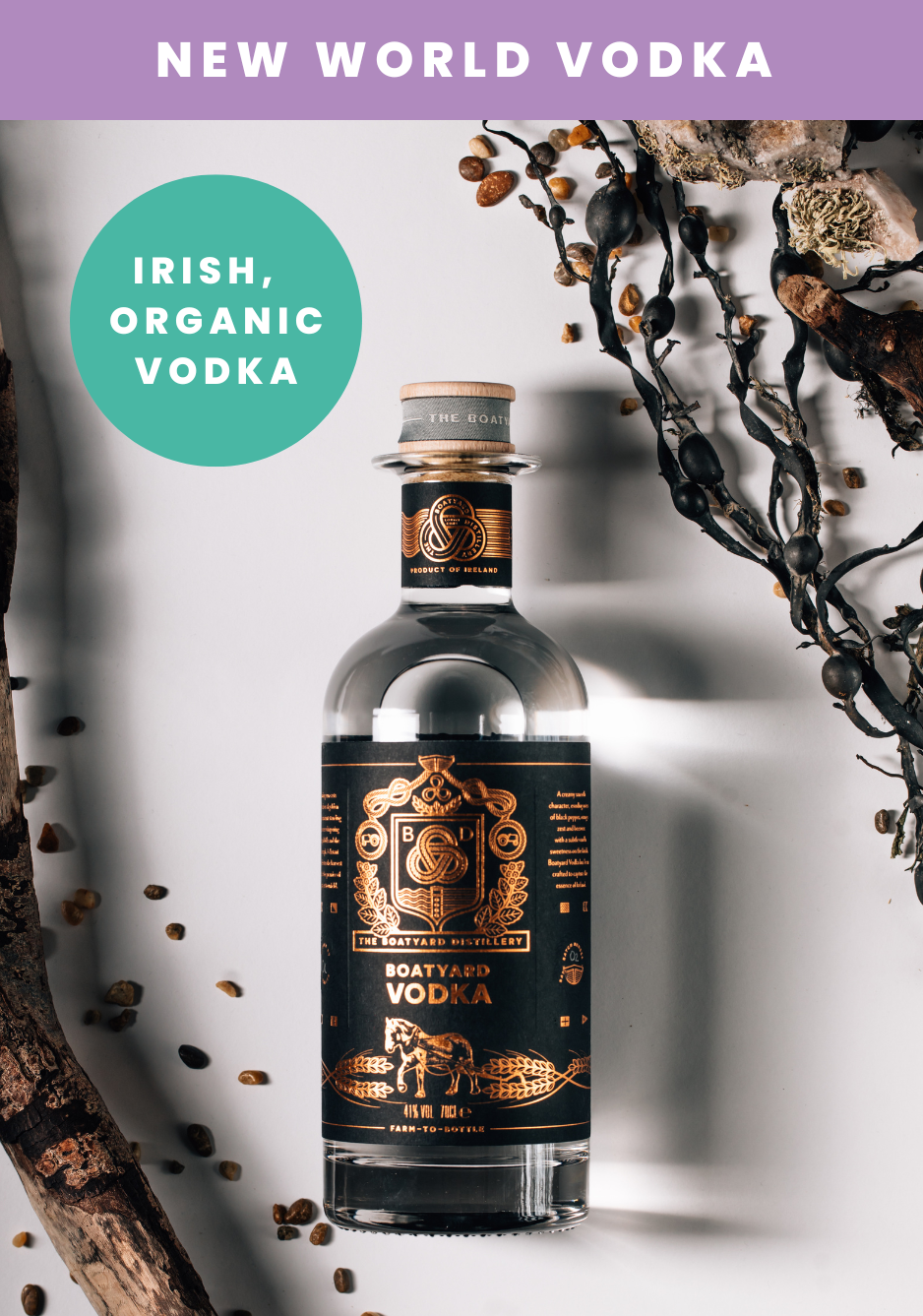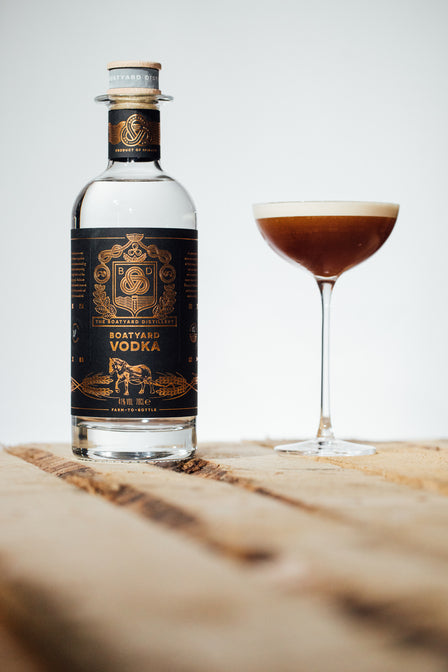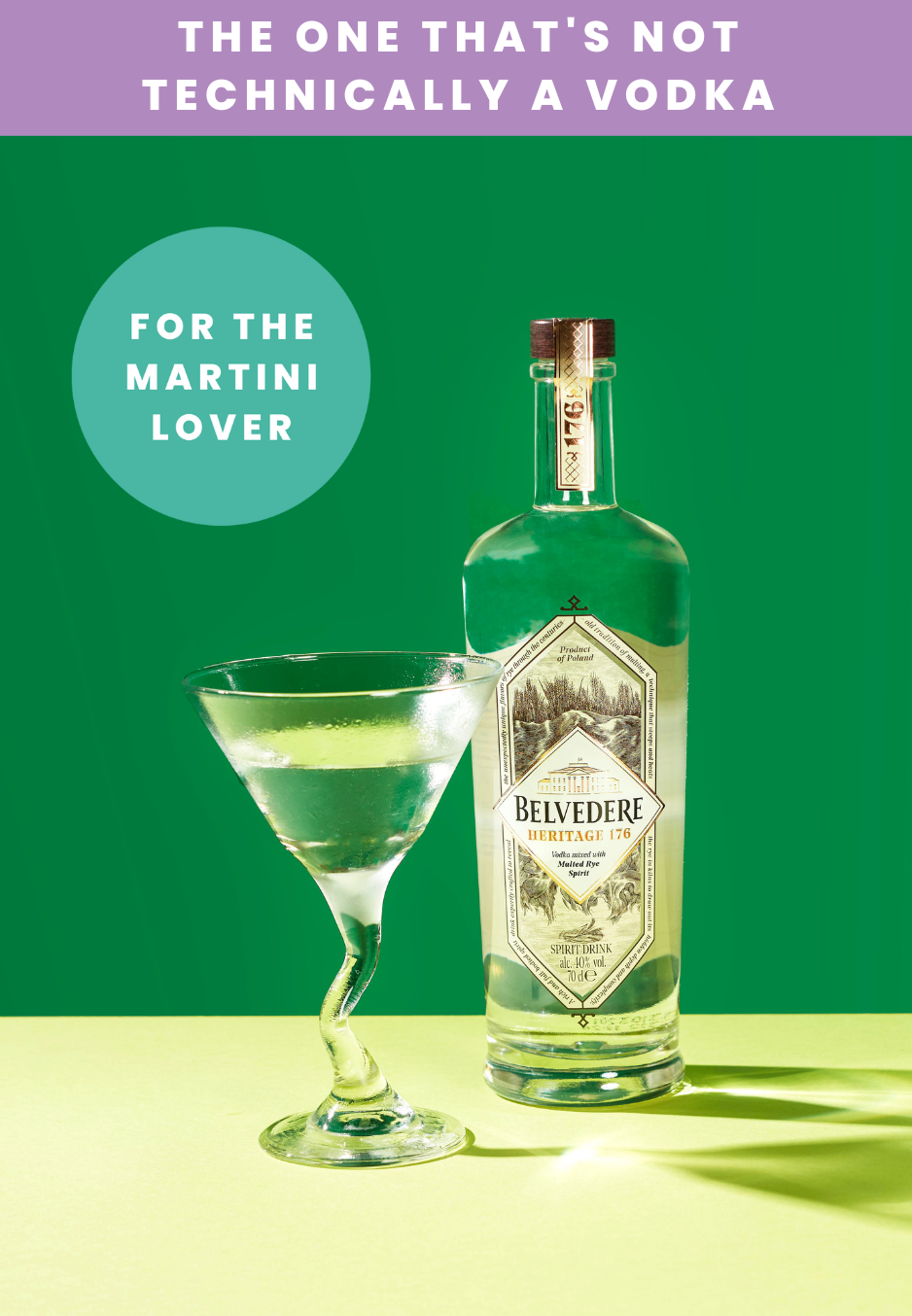

Where Does Vodka Come From?
The name vodka is derived from the Russian word voda, meaning water. Less clear are the origins of the spirit but popular consensus has it that vodka originated in the 8th or 9th century in either Russia or Poland.
It didn’t enter the global main stage until after World War II. Having started life as a popular beverage in Russia, Poland, and the Balkan states, it suddenly started to gain popularity in the United States and then in Europe.
Neutral spirits like vodka are sometimes considered the misunderstood cousins of the spirits world. They’re often understood to be low-quality distillates, lacking flavour and used in the production of cheap, bottom-shelf liquor. Mercifully, a quality vodka is as far away from this stereotype as Skegness is from Jupiter. But how do you pick the right one for you?
Vodka's Raw Ingredients
Roughly speaking the raw ingredients used in vodka production must be derived from an agricultural source, each of which comes with its own inherent characteristics.
It's best to explore these vodka ingredients from the regional contexts of old and new world vodkas.
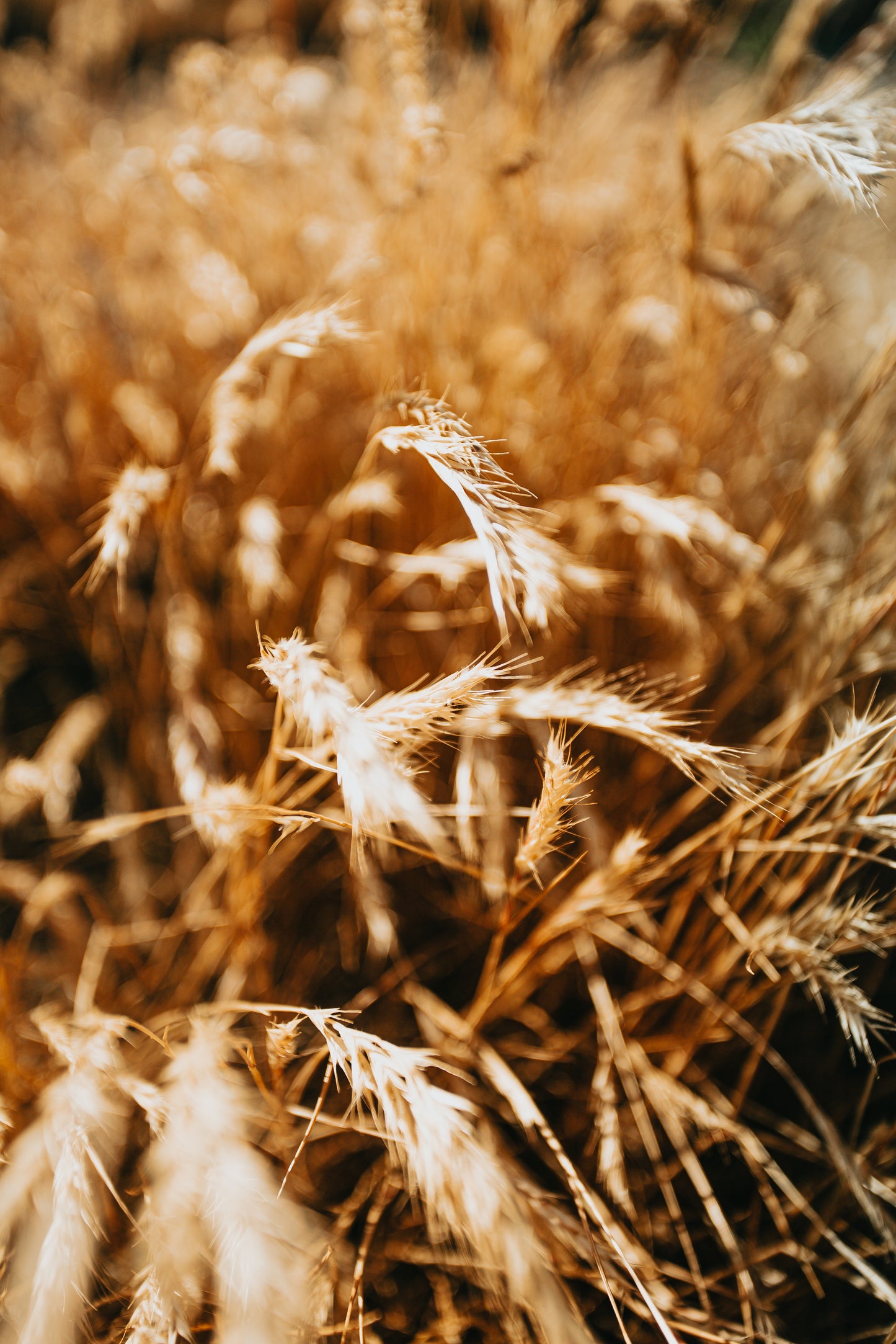
Old World Vodka
Old world vodka refers to traditional vodka producing countries, all of whom argue over who invented the stuff in the first place. These are the Baltic states of Poland, Russia, Ukraine, Belarus, Finland and Sweden, collectively known as the vodka belt.
Old world vodkas traditionally use rye, barley, wheat and potato, though laws and practices differ slightly regionally.
Interestingly, novel approaches to making classic vodka can result in the liquid being legally not classifiable as vodka. For example, Belvedere’s Heritage 176 is made with malted rye spirit which is distilled to 92% ABV which means it falls 4% ABV short of vodka's legal standard of 96% ABV.
When looking at the ingredients list, it’s worth bearing in mind the following flavour guidance.
Flavour Profiles
- Rye: Full bodied, nutty and spicey with a subtle sweetness.
- Barley: Less nutty, more bread-like with a light and buttery sweetness.
- Wheat: Clean and light, subtle peppery notes, along with aniseed and lemon.
- Potato: Creamy texture and full-bodied.
Try Belvedere Pure Vodka - Perfect for Espresso Martinis
Try Belvedere Heritage 176 - For Classic Vodka Martini Lovers
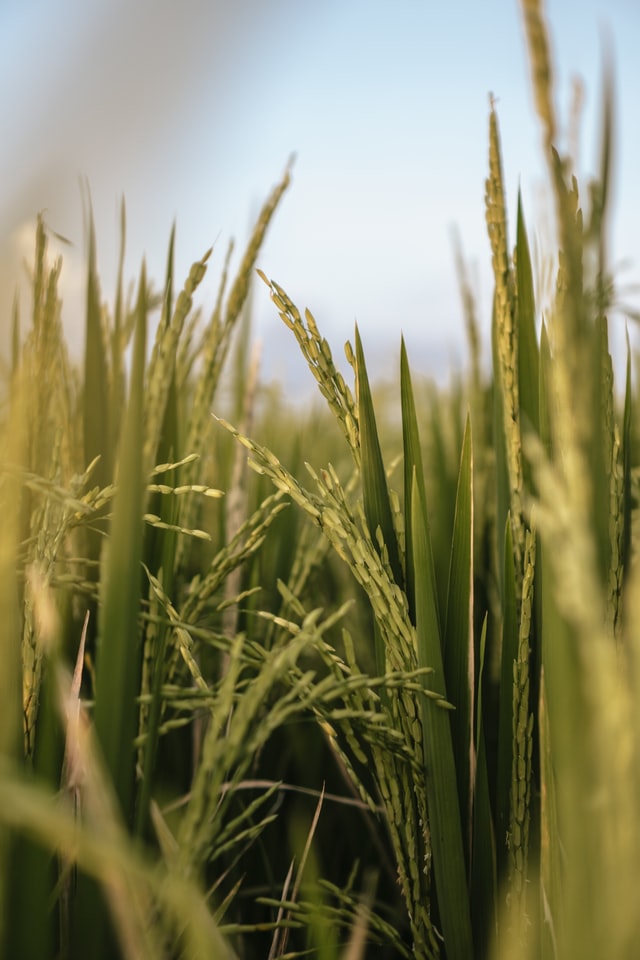
New World Vodka
The newcomers to the party encompass quite literally the rest of Earth’s arable land mass: England, New Zealand, Canada, France, Japan etc; basically anywhere you could send a postcard or buy a fridge magnet.
New world vodkas tend to be a little more niche in their approach and employ an entire gamut of unfamiliar starchy plant matter: rice, sorghum, soybeans and even milk! Here are the tasting notes you should bear in mind when considering which new world vodka to pick:
Flavour Profiles
- Rice: Smooth and creamy.
- Sorghum: Sweet with a pepper or anise finish.
- Soybeans: Subtle herbaceousness with a soymilk finish.
- Milk: Vanilla, coconut and a hint of pepper
Distillation and Filtration
No doubt you’ve seen vodka brands boasting about their distillation and filtration in various multitudes, but just how important are they?

Distillation
Vodkas don’t tend to be matured in wooden barrels (though there are some regional exceptions to this rule) which means the spirit relies on quality produce and the distillation practice.
In the case of vodka, distillation is the process by which a fermented liquid is heated to isolate the alcohol before being condensed back to a liquid.
The impact of multiple distillations is a line somewhat blurred between proper methodology and plain one-up-manship. Look for vodkas that champion raw product, provenance or tradition over those that boast umpteenth distillations. That isn’t to say distillation isn’t crucially important. Without it, we don’t have vodka. Ultimately though, the distillers’ intuition is more important than the number of distillations.
Vodkas tend to come off the still at between 95% and 97% ABV, before being brought to bottle strength (40%). What’s interesting here for nerds is that congeners, the heavy, flavour-rich chemical compounds that contribute unique colours, aromas and flavours, are separated out in high concentrations of alcohol. For vodka, that means we are left with a chemical landscape of light, nuanced congeners which characterise vodka’s subtlety.
With vodka, there’s nowhere to hide and exceptional examples strike a subtle balance between texture and flavour.
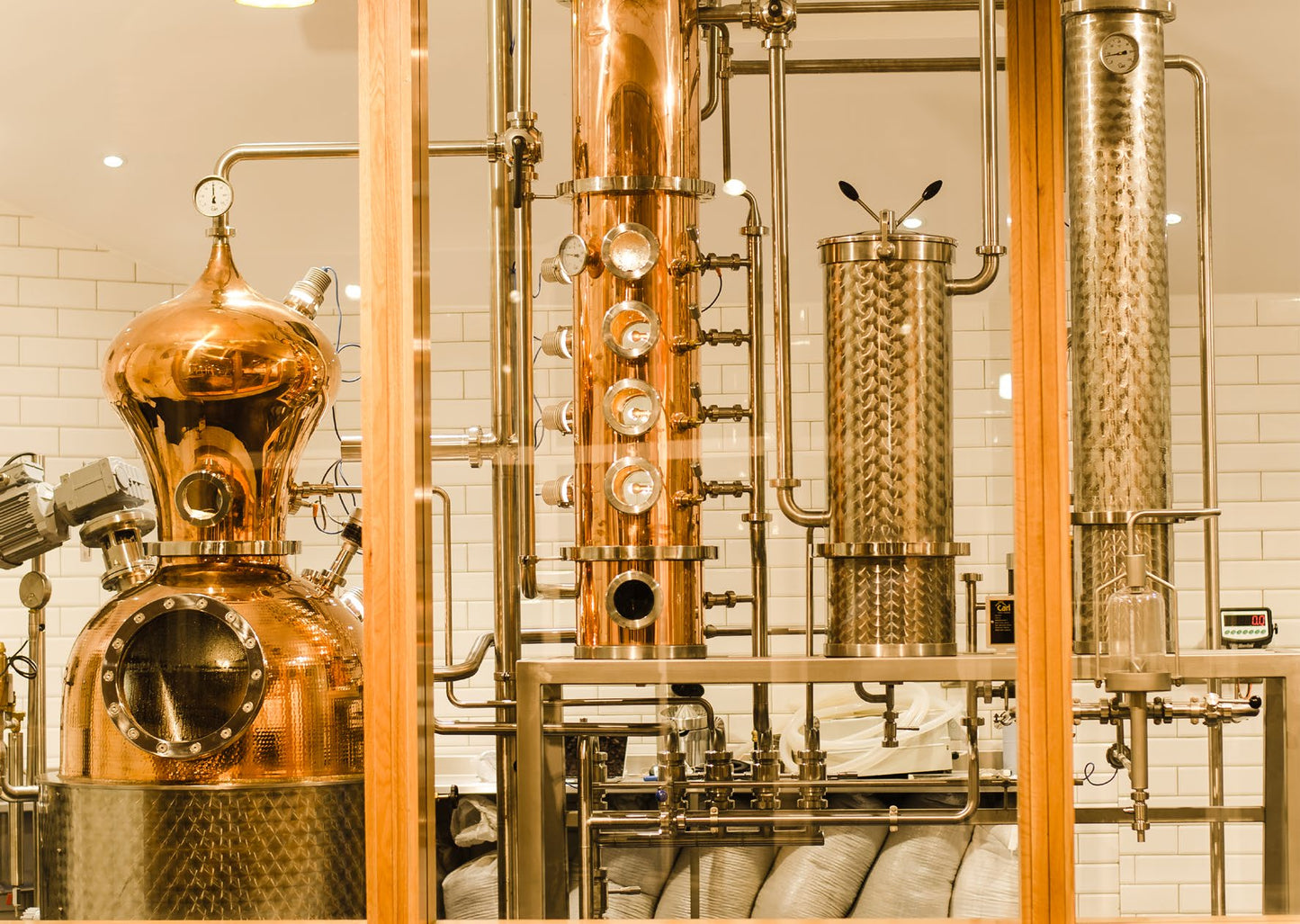
Filtration
Filtration helps the master distiller reach the desired levels of purity and flavour.
Filtration methods can range from cellulose to charcoal all the way up to diamonds. It’s important to note that while filtration doesn’t necessarily add flavour, it’s more about the polishing and refining of existing profiles. It’s marketing hyperbole to suggest a product filtered through diamonds would signify a superior liquid.
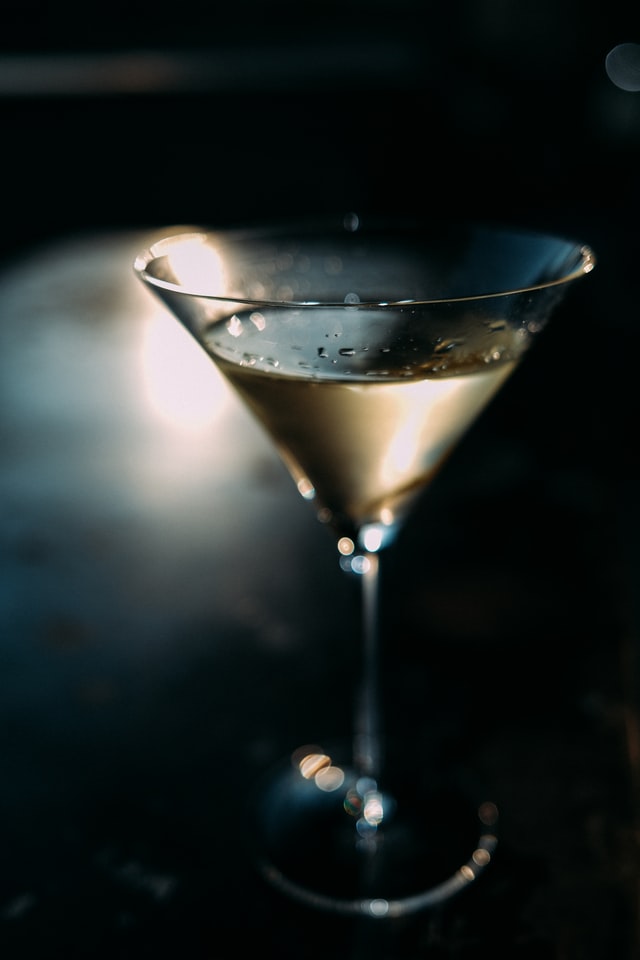
How Do You Drink It?
One of the great pleasures of life is a chilled measure of quality vodka, in a frozen glass accompanied by a bracing sorbet to end a good meal. My favourite cocktail without exception is a bone dry Polish rye martini, slightly under-diluted, with oils from a squeezed lemon peel. The martini is the most wonderful, toothsome way to really explore the liquid potential of vodka in all of its splendid variation.




